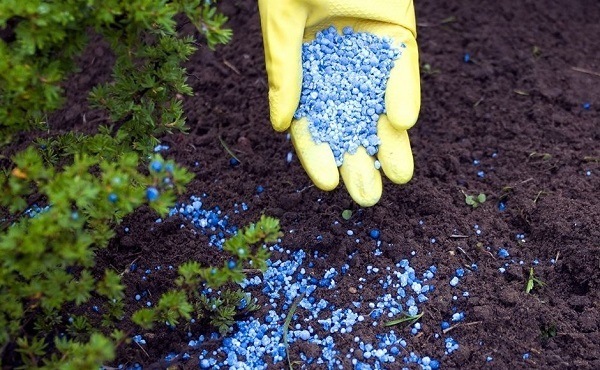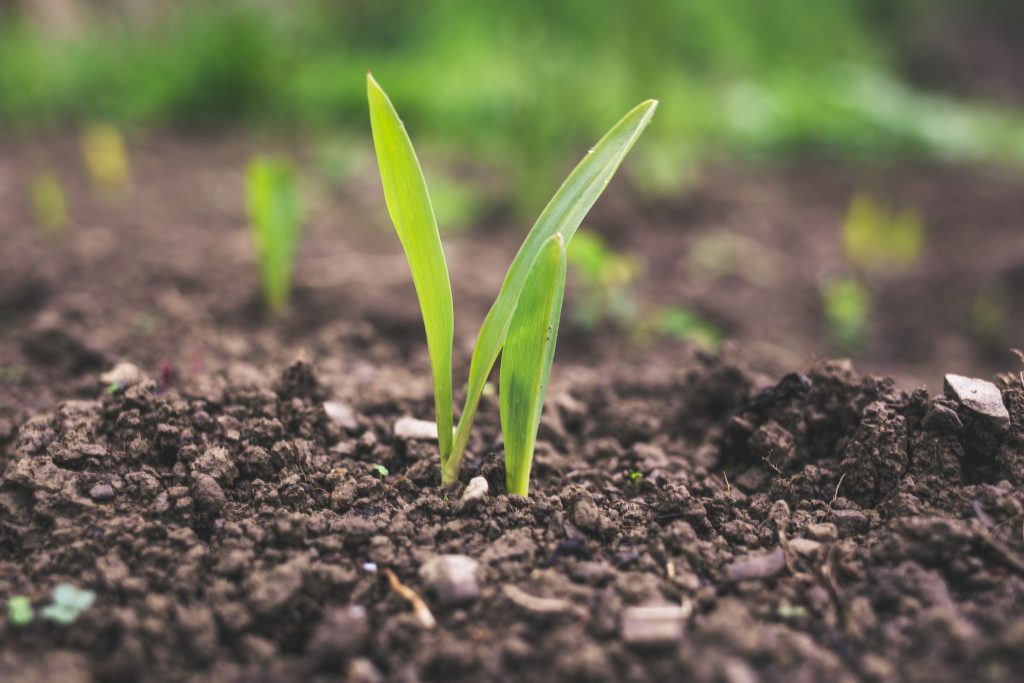Fertilizers are essential to maintaining healthy plant growth, the type of fertilizer you choose depends on various factors, such as the type of plant you are growing, the soil composition, and the nutrient requirements of your plants. Before we explore how to choose the right fertilizer for optimal crop yield, let’s begin by understanding what fertilizers are.
What are fertilizers?
Fertilizer is a substance or mixture of substances that is applied to soil or plants to provide essential nutrients and promote plant growth. Fertilizers can contain a variety of nutrients, including nitrogen, phosphorus, potassium, calcium, sulfur, and magnesium, which are important for plant development.
Fertilizers can be made from natural or synthetic materials, and can be applied to crops in a variety of ways, including through sprinkling, spraying, or adding to soil. Some common types of fertilizers include organic fertilizers, which are made from natural materials such as manure, compost, and bone meal, and synthetic fertilizers, which are made from chemical compounds such as ammonium nitrate and urea.
Proper use of fertilizers can help increase crop yields and improve plant health, but overuse or misuse of fertilizers can lead to environmental problems such as soil degradation, water pollution, and loss of biodiversity. Therefore, it is important to use fertilizers responsibly and follow recommended guidelines for application.
Here are four steps that we must follow on how to choose the right fertilizers so as not to make mistakes or damage our crops.
- Step 1: Follow labelling instructions
- Step 2: Know what your crop requires
- Step 3: Conduct a soil test
- Step 4: Consider the timing of application
Step 1: Follow labelling instructions
When purchasing fertilizer, manufacturers typically provide instructions and a list of the basic chemicals included in the product for the growth of different types of plants. The fertilizer bag usually displays the contents and chemical composition.
And these chemicals include:
NITROGEN:
Plants require nitrogen to produce proteins for new tissue growth, but in nature, nitrogen is often limited. As a result, plants have adapted to absorb as much nitrogen as possible, sometimes at the expense of other essential elements. Excessive nitrogen can lead to lush foliage but poor flower or fruit production, and may even hinder growth by preventing the absorption of other necessary nutrients.
PHOSPHORUS:
plays a crucial role in root growth, flowering, seed development, and energy transfer within the plant. Most plants require a soil pH between 6.5 and 6.8 to absorb phosphorus, and its availability is also influenced by organic matter and soil organism activity.
POTASSIUM:
contributes to the overall health and disease resistance of plants by aiding in carbohydrate production and metabolic regulation. This is the first step on how to choose the right fertilizers
Step 2: Know what your crop requires
Understanding the nutrient requirements of your crops is crucial for achieving a successful harvest. Different plants have unique nutrient needs, and these requirements depend on various factors such as their growth stage, soil type, and climate. Therefore, it’s essential to determine the specific nutrient demands of your crops before applying any fertilizer.
One way to assess your crop’s nutrient requirements is by conducting a soil test. This test can reveal the current nutrient levels in the soil, helping you identify which nutrients are lacking or in excess. You can also consult agricultural experts or reference materials to learn about the nutrient requirements of specific crops.
Once you have determined your crop’s nutrient needs, you can select the appropriate fertilizer to apply. Fertilizers contain a combination of macronutrients (nitrogen, phosphorus, and potassium) and micronutrients (such as zinc, iron, and magnesium) necessary for plant growth.
Using the correct fertilizer blend ensures that your crops receive the right amount of nutrients they require to grow optimally and produce a healthy yield.
Read also: Meaning and importance of agriculture
Step 3: Conduct a soil test
Before applying fertilizer to your plants, it is essential to conduct a soil test to determine the state of your soil and its specific nutrient needs. Soil acts as a mediator between the crop and the external elements applied to it, making it very important that you understand its condition.
Soil testing provides crucial information on what nutrients are lacking in the soil and helps determine the appropriate type and amount of fertilizer to apply.
Without a soil test, you might apply too much or too little fertilizer, which can have adverse effects on your plants’ growth and development.
The test will involve collecting soil samples from different areas of your garden or farm and sending them to a lab for analysis. The results of the test will help you make informed decisions about fertilizing your plants and improving soil health.
Step 4: Consider the timing of application
When applying fertilizer to your plants, it’s important to consider the timing of application. This is because some fertilizers are specifically designed for certain stages of plant growth, such as seedling, vegetative, or flowering stages.
Choosing the right fertilizer that matches your crop’s current growth stage can greatly impact the success of your plants. For example, using a fertilizer designed for flowering plants during the seedling stage may not provide the necessary nutrients for optimal growth.
Therefore, it’s important to identify the stage of growth your plants are in and select a fertilizer that’s appropriate for that stage. This will help ensure that your plants receive the proper nutrients they need at the right time, which can ultimately lead to healthier and more productive crops.

Read also: How to read fertilizer numbers
Importance of choosing the right fertilizer
Here are some reasons why it is important to choose the right fertilizers:
- SOIL TYPE: Different soils have different nutrient levels, pH, and texture. Choosing the right fertilizer can help balance these variables and provide plants with the nutrients they need to grow. For example, sandy soils are low in nutrients and need a fertilizer that is high in nitrogen, while clay soils require a fertilizer that is high in potassium.
- PLANT TYPE: Different plants require different nutrients to grow and produce. For example, leafy vegetables like spinach and lettuce require nitrogen-rich fertilizers, while root vegetables like carrots and beets need a fertilizer that is high in phosphorus.
- ENVIRONMENTAL IMPACT Fertilizers can have a significant impact on the environment. Some fertilizers contain chemicals that can be harmful to wildlife, plants, and humans. Choosing organic or natural fertilizers can help reduce the impact on the environment and promote sustainability.
- BUDGET Fertilizers can be expensive, and choosing the wrong one can be a waste of money. By selecting the right fertilizer, you can ensure that you are getting the most value for your money and maximizing your yield.
- TIMING Choosing the right time to fertilize is just as important as selecting the right fertilizer. Applying fertilizer too early or too late can have a negative impact on plant growth and development. By selecting the right fertilizer for the specific growth stage of your plants, you can maximize their potential and ensure a healthy yield.
Choosing the right fertilizers is essential for maintaining healthy plants, promoting sustainability, and maximizing yield. By considering factors such as soil type, plant type, environmental impact, budget, and timing, you can select the best fertilizer for your needs and ensure success in your gardening or farming endeavors.
The bottom line
To promote healthy plant growth and avoid harm to the environment, it is important to follow the manufacturer’s instructions when applying fertilizer and avoid overuse. To achieve this, select the appropriate fertilizer type based on factors such as plant type, soil composition, and apply it at the recommended rate and time. Regular soil testing can also help identify any nutrient deficiencies and adjust fertilizer application accordingly.
